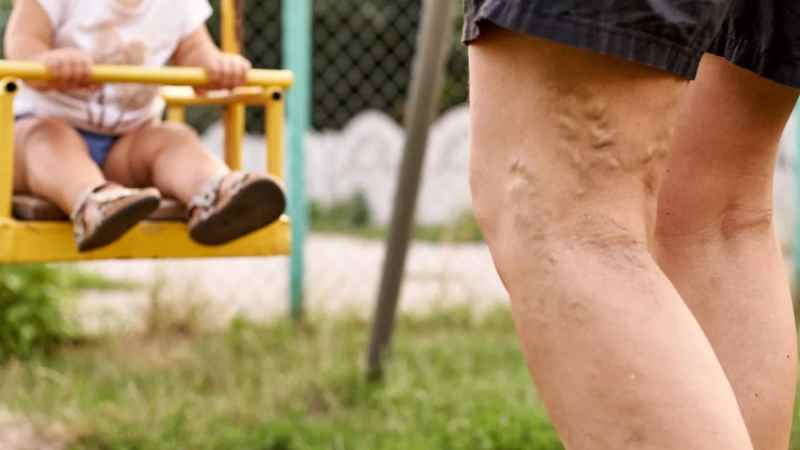The whole of the Chicagoland area…including Northbrook where Rosen Vein Care is located…was once burdened by a sheet of glacial ice that oppressively flowed southward from Wisconsin.
But hey…that’s just a theory. It’s not as if there was a video camera catching the evidence as it happened over hundreds of thousands of years. And that’s science: making best guesses based on facts as best we can gather them.
Gather enough repeatable facts and you have yourself a theory. If it holds up long enough to the nerditudinous scrutiny of your peers… they’ll call it a Law. The lamp of scientific inquiry has flickered its way into nearly every crevice of uncertainty regarding the workings of our world…our bodies included.
Over the years, a few theories have surfaced regarding the progression of superficial venous insufficiency and its effects on the lower extremities. Here’s where the trail of our discussion regarding the pathophysiology of venous disease picks back up again.
The Old Theories:
1. Venous Stasis Theory: Attributed to Dr Homans and formulated during the early-mid 20th century:
Valve/vein wall failure→reflux→stagnant blood→increased pressure→prevents nutrients from getting to skin→skin changes
2. Diffusion Block Theory (Fibrin Cuff):
Venous Hypertension→capillaries become “leaky” (any docs reading this would rather I state it thusly: a widening of the endothelial gap junctions occurs)→fibrinogen leaks out and forms “cuffs” around capillaries→creates a barrier to oxygen/nutrient diffusion to tissues→ epidermal cells die.
However, recent evidence suggests that the cuff is made up of multiple different proteins (fibrin,collagen,laminin…) and seems to serve as the body’s way of maintaining vascular architecture in the face of an increase in mechanical load due to venous hypertension.
So the cuff could have protective benefits. But, it’s out with the old theories and in with…
The New Theory: Inflammatory Model of Venous Disease
A beautiful and compelling case which wraps it all up in a nice package:
Venous Hypertension→shear stress on endothelial cells that line the inside of vessels→increased permeability of the lining→White Blood Cells (especially macrophages for those still awake) & Red Blood Cells leak out.
→ WBC’s become activated and release enzymes that can break up tissue proteins & release cytokines…the body’s chemical alarm system which signals more WBC’s to “get to the area pronto!”→leads to Acute & Chronic Inflammatory
Changes such as:
-Eczematous skin changes [show pictures]
-Lipodermatosclerosis
-Ulcers
As RBC’s which have leaked out start to breakdown in tissues, WBC’s act as a “clean-up crew” and gobble-up (phagocytize) Heme…the iron-containing, oxygen-carrying, color-furnishing, macarena-dancing (just seeing if you are still awake) part of hemoglobin→ leads to the production of hemosiderin→hemosiderin deposits in the dermis→leads to red discoloration of skin which is potentially permanent.
To summarize the pathophysiology of vein disease:
Venous hypertension→damage to lining of veins→inflammatory reaction→weakening of vein walls which leads to:
1)Dilatation of veins→varicosities
2)Skin changes
-Mild: ictching
-Moderate: scarring, thickening,discoloration
-Severe: Ulcers
Our role, as a team, is to:
-Recognize the disease early: bring yourself to Rosen Vein Care so we may obtain your history, do an exam and perform a thorough diagnostic ultrasound
-Treat current disease
-Try to prevent future problems such as skin changes & ulcers
If you want to be proactive about combating the potential problems lurking within your leg veins, call 847-272-8346. to schedule your initial office consultation. During the visit, I will learn more about your past and current symptoms and will use state-of-the-art diagnostic equipment to help formulate a treatment plan tailored to your needs.
More about diagnosing vein disease in my next blog posting. Stay tuned!

